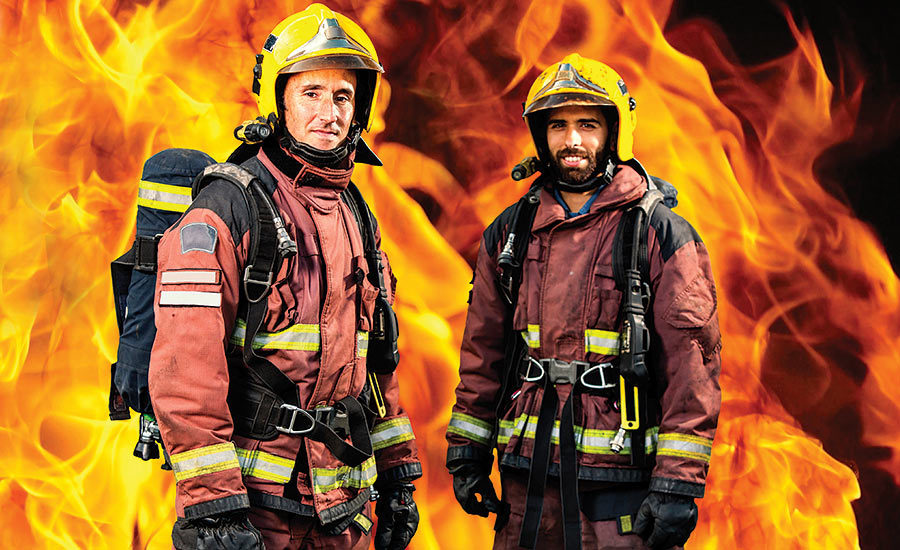Flame-resistant or fire-resistant short as FR gear is a necessary piece of equipment for many professionals as a part of their job. High-quality, specially designed FR clothing shields the user from burns brought on by electric arcs, flash fires, and combustible dust. This enables experts from a variety of industries to take on potentially hazardous operations. FR gear has prevented countless people from suffering terrible injuries and even saved lives throughout the years.
Any clothing that is especially made to shield the wearer from flames and thermal harm is referred to as flame-resistant clothing. Once the source of the ignition is gone, FR clothing resists ignition and self-extinguishes. By doing this, burns from both initial flame exposure and subsequent heat transfer are reduced.
Types and fits of Fire-resistant clothing
People in many different professions utilize personal protection equipment (PPE). This is why there is a wide collection of FR clothing emerging in the fashion world. Many professionals prefer to wear fire-resistant outerwear instead of their regular clothing due to their high influence over fashion. Coveralls, bomber jackets, high-visibility jackets, and overalls are just a few types of gear that provides the user with great protection from potential threats.
Fire-resistant clothing are made and rated on different levels, as one type for people who are closely in the area of threat, while another type being for the people who may or may not occasionally experience cases of danger.
How is Fire-resistant clothing evolving?
Flame resistant previously denoted anything large, bulky, and unsightly. Fortunately, Prudential fire resistant clothing has improved significantly in terms of style during the past few years. There are now fashionable and protective FR shirts, hoodies, polo tops, trousers, and other clothing items available.
Most of these thinner clothes provide less protection. To add essential fire protection to an outfit, placing them beneath a jacket or coverall with a high arc rating is a terrific idea. If the outer clothing is burned or damaged, this type of layering can assist shield the user, preventing burns and lessening the degree of injuries.
Skin-tight clothing can more easily transfer heat to the skin, which can lead to more serious burns and injuries. The air layer that is created between the skin and loose-fitting clothing can aid to insulate the wearer from heat and improve the protective properties of the garment.
Some limitations of the Fire-resistant clothing
Even though they are crucial items of PPE, fire-resistant clothing is not entirely fireproof. Extreme conditions will cause the garment to catch fire, which can still result in catastrophic injuries even though it won’t melt onto the wearer’s body and burn for only a brief period of time.
Choosing clothing that is rated to the appropriate standard is the greatest method to guarantee that FR gear is as safe as possible. For HRC1, HRC2, HRC3, and HRC4, the minimum arc rating is 4, 8, 25, and 40, respectively. The successive layers will aid in preventing the heat and flames from scorching the skin and resulting in major injuries if the top layer is scorched or damaged.
Lastly…
It is to always keep in mind that no clothing including the Fire-resistant ones are entirely fireproof. That is why, never layer synthetic cloth items under the Fr apparel. There are extreme chances that some areas or portions of the FR clothes can melt onto the skin causing severe injuries. Even if the outside layer of clothing doesn’t catch fire, melting is still a possibility, which makes it necessary to dress appropriately to keep you completely safe.






